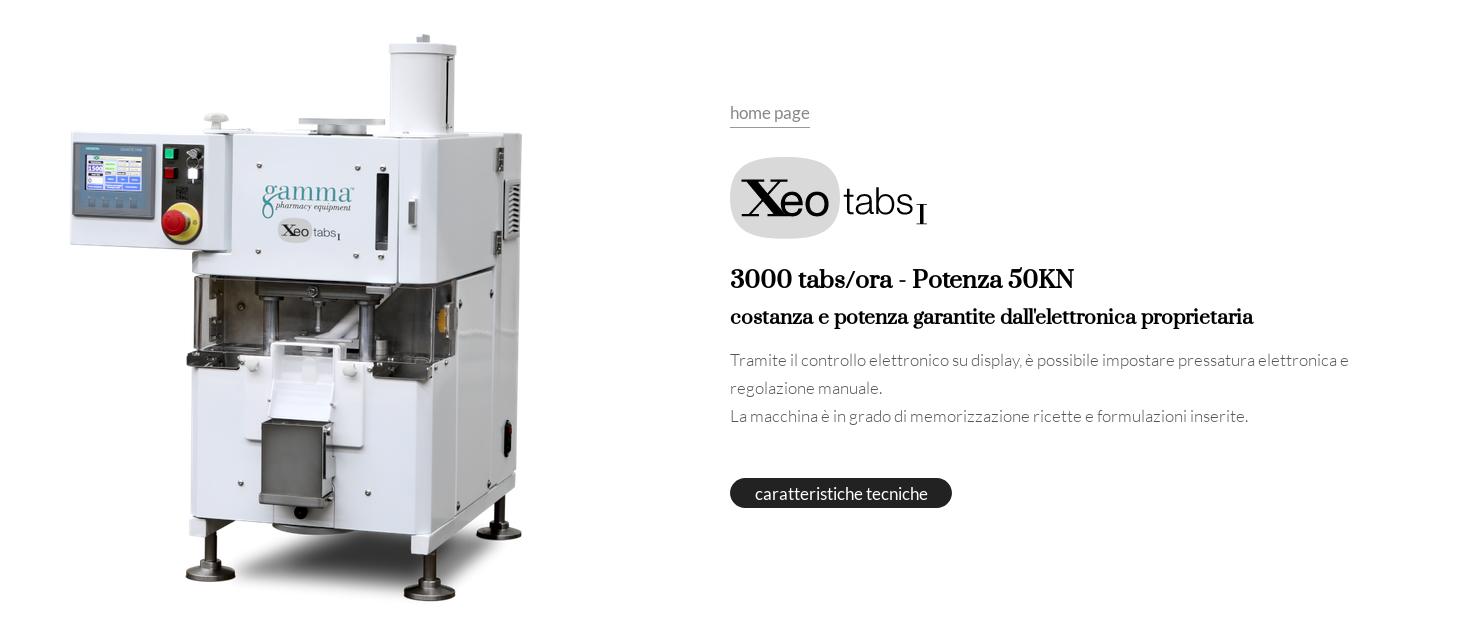Hardness tester for galenica
Hardness tester for galenica
|
Design and Development: The process begins with the design and development of single-dose packaging machines. This phase involves mechanical, electronic, and software engineers collaborating to create a design that meets the specific requirements of the pharmaceutical industry, including hygiene, safety, and regulatory compliance standards.
The production of single-dose packaging machines for medications is a intricate process that requires a combination of precision engineering, advanced technologies, and attention to detail to ensure the safety, hygiene, and effectiveness of medication packaging. Below is an overview of the production process for these machines: |
Hardness tester for galenica |
| scales, Mixer, Packaging machines for pharmaceutical packaging and packaging systems, Single-dose packaging machines for medications, Pharmaceutical machinery production including automatic and manual tablet presses encapsulators and fillers. Packaging lines for pharmaceutical products,Galenic laboratory equipment, and Galenic hardness tester |
|
Material Selection: During the design phase, high-quality materials compliant with pharmaceutical industry regulations are selected. These materials must be corrosion-resistant, non-reactive with drug active ingredients, and easily cleanable to ensure hygiene in the packaging process. Assembly and Testing: The components are then assembled to create complete single-dose packaging machines. During this phase, rigorous quality checks and tests are performed to verify that each machine functions correctly and meets the required performance and safety standards. Component Construction: Once the design is complete, production of the components of single-dose packaging machines begins. This may include mechanical parts such as dosing units, sealing systems, and conveyors, as well as electronic components and software for controlling and monitoring the packaging process. |
 Packaging lines for pharmaceuticals
Packaging lines for pharmaceuticals Manual encapsulators
Manual encapsulators Machinery for pharmaceuticals
Machinery for pharmaceuticals Automatic tablet presses
Automatic tablet presses Automatic encapsulators
Automatic encapsulators
